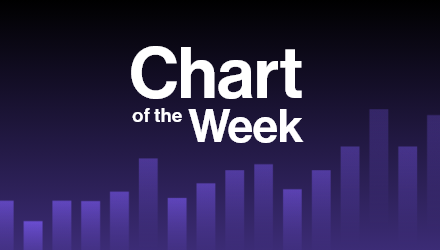Ahead of next week’s Federal Reserve meeting, many advisors expect to take on additional interest rate risk in the first half of 2023. During a recent VettaFi webcast with Goldman Sachs, we asked, “Over the next 6 months, do you plan to extend or shorten duration in your clients’ portfolios?” Half of the respondents planned to add duration, while just 14% expected to shorten duration; the rest planned to remain the same.

Fixed income ETFs that have higher average duration tend to rise more than peers when bond yields are falling, and fall more when bond yields are rising. In January, Federal Reserve Governor Christopher Waller said he favored a quarter point interest rate increase at the next meeting as he waits for more evidence that inflation is heading in the right direction. The Fed previously raised rates aggressively in 2022.
In 2022, the SPDR Bloomberg 1-3 Month T-Bill ETF (BIL) and the iShares Short Treasury Bond ETF (SHV) pulled in $13 billion and $7.3 billion, respectively, making them among the most popular fixed income ETFs. They both have a near-zero average duration, and as a result, both rose in value during 2022, despite bond yields climbing sharply higher.
Meanwhile, last year, the iShares 20+ Year Treasury Bond ETF (TLT) and the SPDR Portfolio Long Term Treasury ETF (SPTL) gathered $15 billion and $2.9 billion, respectively, even as they lost significant value. When investors have concerns of a pending recession, they often turn to long-term Treasuries as a future ballast. SPTL and TLT were down at least 30% in 2022 as average durations of 16 years proved harmful. However, TLT and SPTL were recently up 7.7% and 7.2%, respectively, in the first few weeks of 2023.
Some advisors might prefer to take a more targeted approach with duration management by holding bonds only maturing in a specific year. For example, the Invesco BulletShares 2030 Corporate Bond ETF (BSCU) holds only securities with six years remaining before maturity. The fund owns primarily A- rated and BBB-rated corporate bonds, unlike the higher-quality Treasuries owned by SPTL and TLT. BSCU was down 15% in 2022 but up 3% to start the new year.
While many advisors are gaining comfort in shifting the level of interest rate risk they incur for clients, others still prefer to lean on active managers. For example, the PIMCO Active Bond ETF (BOND) had an average duration of six years at the end of 2022, with a modest underweight to U.S. duration that was offset by local rate exposure in Canada.
I’m going to be talking to executives from PIMCO and State Street Global Advisors about how advisors can navigate the evolving bond market in less than two weeks on stage at Exchange. I hope to see you there.
For more news, information, and strategy, visit VettaFi | ETF Trends.








